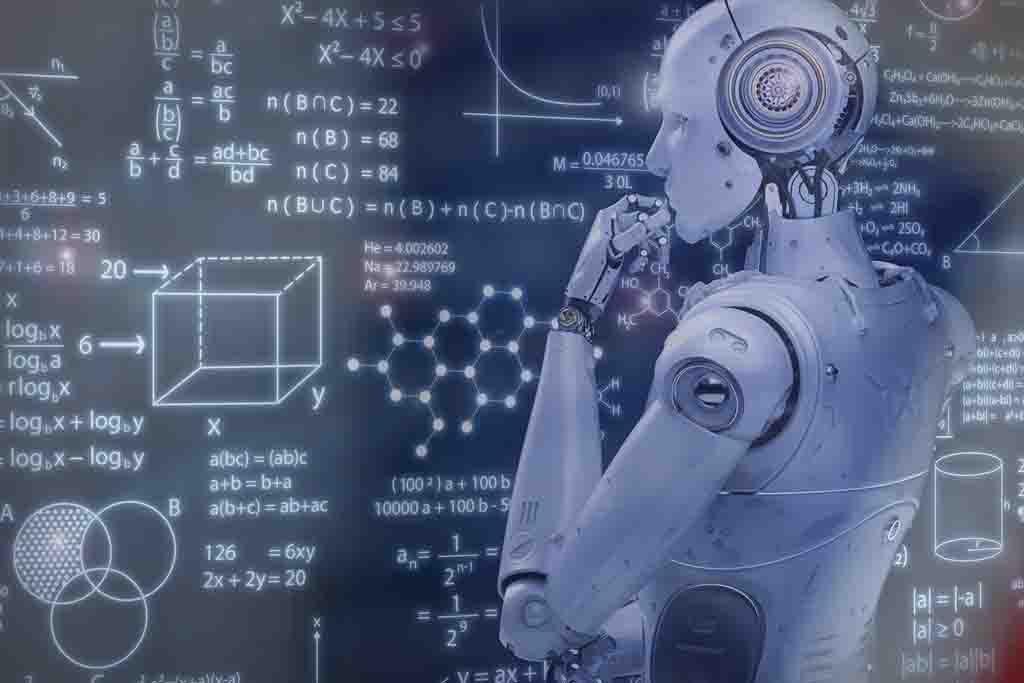Artificial intelligence is shaking up classrooms in 2025, turning sci-fi dreams into reality with personalized tutoring and streamlined grading. But as AI’s role grows, so do worries about privacy, bias, and unequal access. How do we harness its power without falling into ethical traps? This article explores AI in education, its game-changing innovations, the ethical concerns keeping educators up at night, and how to find a balance. If you’re a teacher, student, or parent, this is your guide to navigating AI’s impact on learning.

The Bright Side: AI’s Innovations in Education
AI is transforming how students learn and teachers teach. Personalized learning platforms adapt to each student’s pace, boosting engagement by 30% in some studies.
Tools like AI-driven tutors help with math homework in real-time, while platforms like Google’s Classroom streamline lesson planning and grading.
Schools are using generative AI to create interactive content, like virtual labs for science classes, making learning more hands-on.
Take my cousin’s high school, for example. They started using an AI tool to tailor reading assignments, and her grades jumped because the system flagged where she struggled. Nationwide, AI adoption in education has surged 20x since 2020, saving teachers an average of 5 hours a week on administrative tasks.
It’s not just hype—AI is making learning more accessible and efficient.
The Dark Side: Ethical Concerns with AI
But it’s not all rosy. AI in education raises red flags:
- Data Privacy: Student data fuels AI, but leaks or misuse could expose sensitive info. In 2024, a major edtech platform faced a breach affecting 10,000 students.
- Bias in Algorithms: AI can perpetuate inequalities if trained on skewed data, like favoring certain demographics in grading.
- Access Gaps: Wealthy schools adopt AI faster, leaving rural and low-income districts behind, deepening the digital divide.
- Environmental Impact: AI’s energy demands raise sustainability concerns, with servers consuming 1% of global electricity.
I’ve talked to teachers who worry about over-relying on AI, fearing it could replace human connection or misjudge a student’s potential. These concerns aren’t abstract—they could shape who gets a fair shot at education.
Finding a Balance: Frameworks for Ethical AI Use
To address these issues, schools and states are stepping up. 42 states have formed AI task forces to set guidelines, emphasizing transparency and fairness.
Key principles include:
- Data Protection: Encrypting student info and limiting data collection.
- Bias Audits: Regularly checking AI for discriminatory outputs.
- Equitable Access: Federal grants to bring AI tools to underserved schools.
Edtech companies are also pivoting, with some like Khan Academy offering open-source AI tools to level the playing field.
Teachers need training too—70% say they lack the skills to use AI ethically.
It’s a work in progress, but these steps are promising.
The Future of AI in Education
By 2030, AI could save educators $10 billion annually in time and costs, but only if ethical frameworks keep up.
Schools must prioritize human oversight—AI should assist, not replace, teachers. Parents and students can push for transparency by asking schools about their AI policies.
In my view, AI’s potential is massive, but it’s like wielding a double-edged sword. Done right, it could make education fairer and more effective. Done wrong, it risks widening gaps. Let’s keep the conversation going—share your thoughts on AI in schools below.
In conclusion, AI in education offers incredible innovation but demands ethical vigilance. By balancing these, we can ensure tech serves students, not the other way around. What’s your take—game-changer or risky bet?